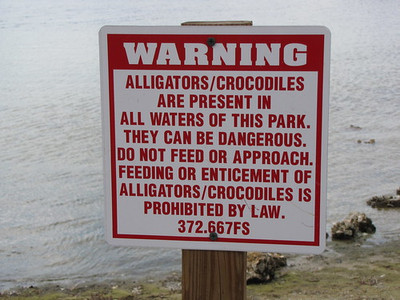What must I consider before entering the water?
- lia369
- Jan 7, 2023
- 3 min read

Generally, the first thing you should consider before even going near the water is what the facilities rules and regulations are. Most places have their own set of rules depending on their facilities' specifics. For example, if the pool is shallow, they could have a no jumping or diving rule or if it is an open water protected area, there could be a no mechanical propelled boating rule. Some facilities may have common general rules such as no running round the pool or no eating or drinking in the water, but it is always important to find out what each facilities rules and regulations are before beginning your activity - you wouldn't want to be doing something wrong or worse, something dangerous without knowing it!

How would I find the rules and regulations?
It is mostly a simple thing to answer. Just look around you! There should be signs or information boards at the entrance to the facility or near the water activity area. But if not, there is bound to be a staff member close by that you could ask. When in doubt, it is safer to just ask around and confirm. Obviously if there are no staff member or lifeguard in your immediate vicinity, you can ask members of the public who seem familiar with the facility.
Most signs or boards will look similar to this:
What should you always do:
Keep your swimming ability in mind. If you are not a strong swimmer, don't try to do something a strong swimmer would be able to do. If you are scared of the deep water, rather stay where you can stand.
Never rely on floaties. They are not water safety devices they are toys and will not stop you from being able to drown.
Never swim where you aren't comfortable to.
Never push your swimming ability or limits in an unfamiliar aquatic area, especially where there is no one monitoring you or the swimming area, eg. a lifeguard.
Never swim alone -always have someone with you, even if they don't swim themselves. If you are alone and get into difficulty- there is no one to help you or call for help.
Never ignore weather signs and conditions. If it is windy or raining or there is thunder, rather wait for the storm to pass before swimming. If there is lightening, be sure to keep monitoring it and never swim if it is closer than 15km away- even if swimming indoors.
Always ensure you are wearing the correct equipment. If you are swimming, wear a proper swimming costume. Swimming in clothes makes you tire easily and hinders your swimming ability and speed.
How would I get help if I need it?
There are a variety of ways to get help if you find yourself in trouble in the water. Most aquatic facilities have lifeguards that you could signal. Knowing the correct signals can diminish the recognition time of lifeguards and contribute to a speedy assistance/rescue.

Using one or two arms out the water and waving is the best way to attract the attention of a lifeguard to let them know you need help.

It is important to note that you must never 'cry wolf' or fake drowning when you are not actually drowning. Not only does this annoy the lifeguards but they will not trust that you actually do need help when you truly do get into trouble.
If there are no lifeguards at the facility, they best thing to do would be to attract attention from people around you or from the person you came with. You could achieve this by shouting or splashing. The ideal way to do this would be to try relaxing and lying on your back to float, so that your face is out the water and you can shout. This will also allow you to kick and use your arms to splash around.
Should you see someone calling for help, do not enter the water to help them! Rather call out for help from a lifeguard or trained professional. You can try to throw them something they can grab onto that will float- like a pool noodle. You could also try reach them with a stick, pole or rope and pull them to the water's edge. If they are bigger than you, lie on your tummy when reaching for them from the pools edge, that way they can't pull you into the water too.
Remembering these things before you get into the water can make a life-saving difference. It can take just up to 20 seconds for a child to drown. It can be silent aswell. Knowing the rules can keep you from getting injured. Knowing what to do and how to help yourself can save not only your life but someone else's too!














Comments